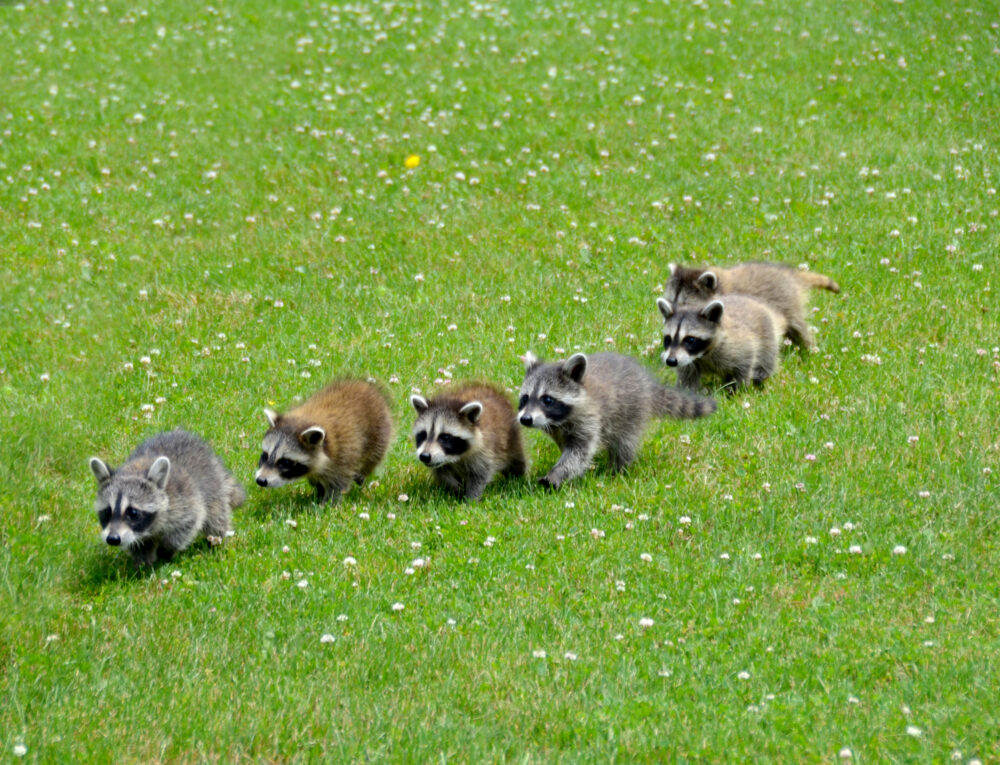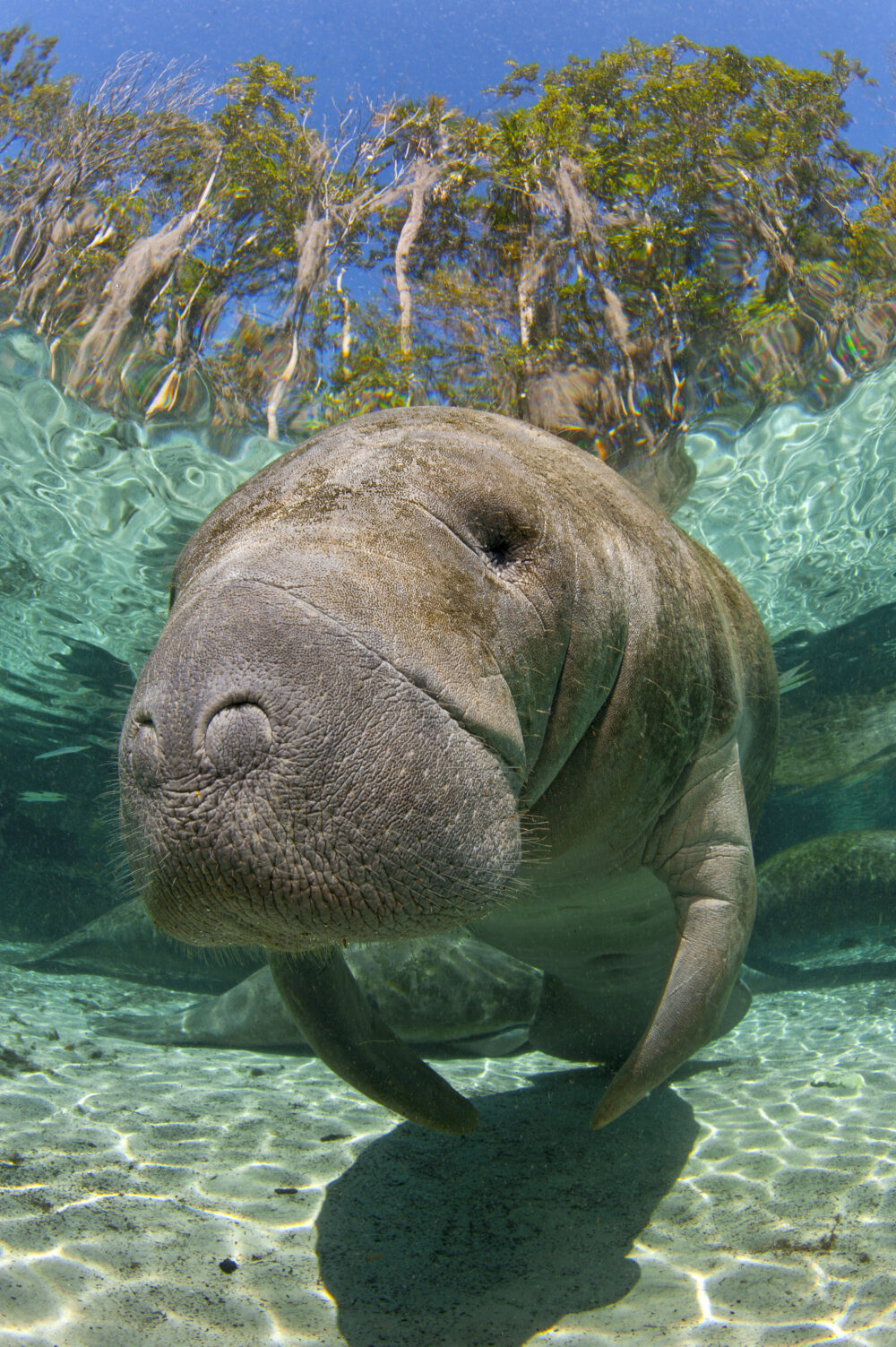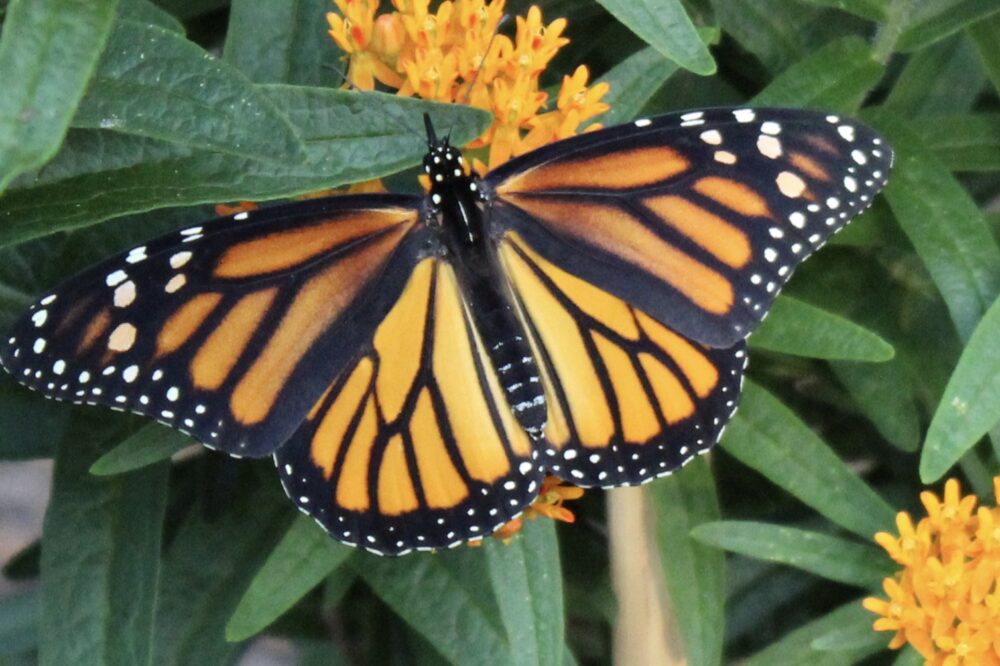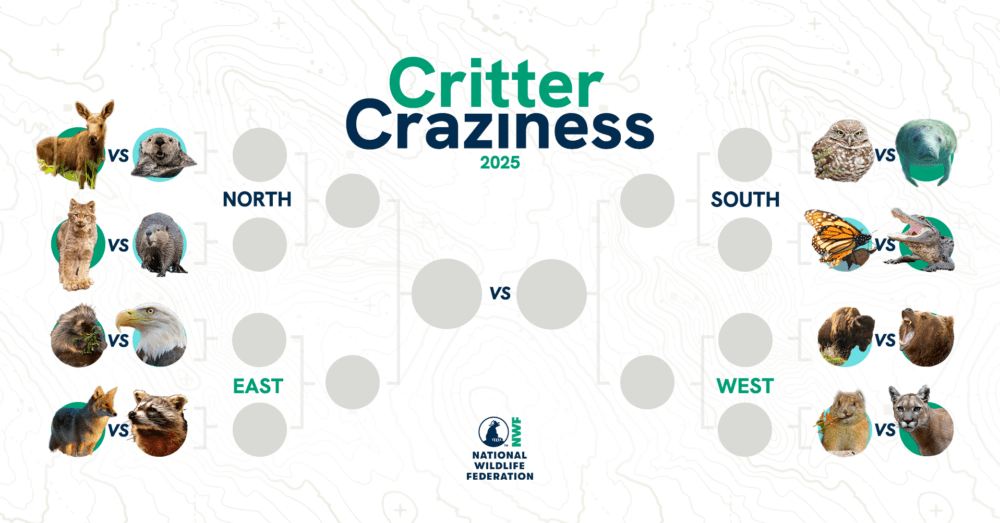We have much more to do and your continued support is needed now more than ever.
Spotlight (finally!) shines on sage-grouse
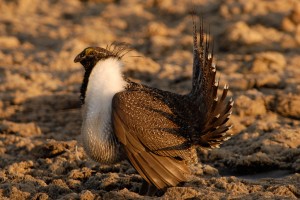
They get no respect.
The sage-grouse’s mating ritual is one of the most elaborate on the planet, yet those flashy birds-of-paradise get all the attention for their wacky dances. Same goes for sagebrush. Despite providing vital food and cover to sage-grouse and many other species, including pronghorn antelope and mule deer, sagebrush is often is overshadowed by the West’s majestic mountains and forests.
Overlooked and under-appreciated, the Greater Sage-grouse has been suffering losses both in numbers and in the amount and quality of its habitat. According to the latest analysis, 20 of 27 sage-grouse populations have declined since 1995. These declines are being driven by a range of pressures, including energy development, farming, grazing, invasive species, fires, herbicides and more recently the West Nile virus.
Fortunately, things are finally looking up for the bird. The U.S. Fish and Wildlife Service has announced the Greater Sage-grouse is a candidate for protection under the Endangered Species Act. While the bird will have to wait in line for ESA protection behind higher-priority species, federal land managers will treat the sage-grouse as a sensitive species and monitor its numbers and health.
This news is encouraging, but more needs to be done if we hope to save this magnificent bird. As NWF’s sage-grouse expert Ben Deeble explains:
“A business-as-usual approach isn’t going to conserve the sage-grouse or its sagebrush habitat. We need to ensure that its land-management agencies reconcile their energy-development practices with the latest wildlife science. And we need strategies to cope with the impacts of drought, fires, and invasive species brought on by climate change.”














